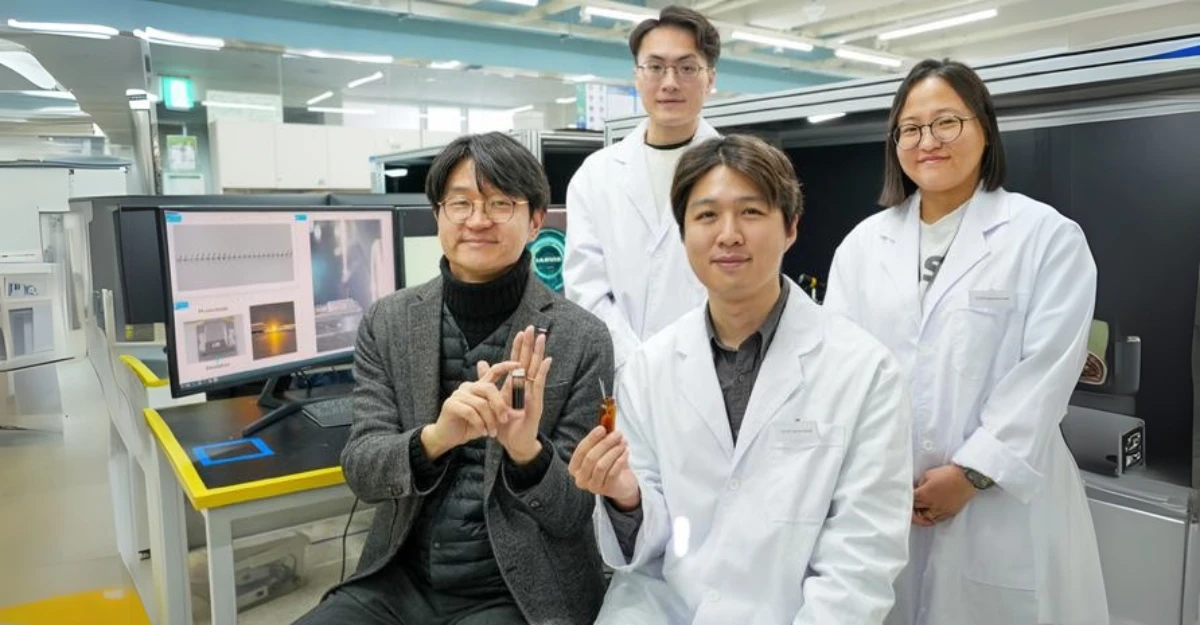KERI researchers achieve a breakthrough in 3D printing high-resolution MXene microstructures without binders, enabling advanced applications in batteries, sensors, and electromagnetic shielding.
A groundbreaking advancement in 3D printing technology has been achieved by the Smart 3D Printing Research Team at KERI, led by Dr. Seol Seung-kwon. The team has created a technique for 3D-printing high-resolution microstructures with MXene, a two-dimensional nanomaterial that some refer to as the “dream material” because it has high electrical conductivity, as well as good electromagnetic shielding performance.
First discovered in 2011, MXene has demonstrated enormous potential in a wide variety of applications, from high-efficiency batteries to electromagnetic shielding. But its use in 3D printing has been limited by the requirement of binders which can degrade the material’s natural properties. This challenge was met by Dr. Seol’s team using Men’s effect, which is a technique that allows MXene to be dispersed in water without additives to produce complex 3D structures with resolution in the high scale.


The results are remarkable. The team achieved a printing resolution of 1.3 micrometers (µm), which is 270 times higher than existing technologies. To give this a sense of scale, 1.3 µm is roughly 1/100th the thickness of a human hair. The precision means new opportunities for miniaturized electronic and energy storage devices, which can benefit a lot from a higher surface area and integration density.
Dr. Seol emphasized the significance of this achievement, stating, “Our technology is the world’s first to create high-strength, high-precision 3D microstructures using MXene without any additives or post-processing.” The research has made international waves, with the findings published as the cover article in Small, a leading journal in materials science.
KERI plans to commercialize this technology, targeting industries that demand ultra-small, flexible electronic devices. The institute, a government-funded research body under South Korea’s Ministry of Science and ICT, aims to lead the market in nano-ink-based 3D printing, particularly as the demand for form-factor-free electronics continues to grow.
This discovery not only showcases the potential of MXene, but also raises the bar for 3D printing technologies, indicating a future for batteries, sensors and much more.
































